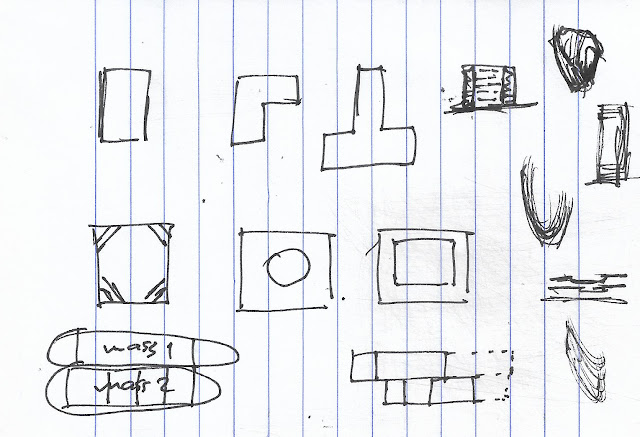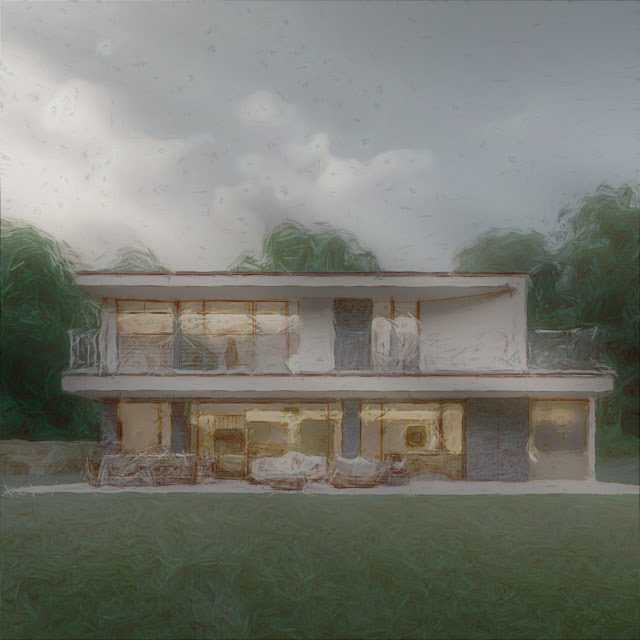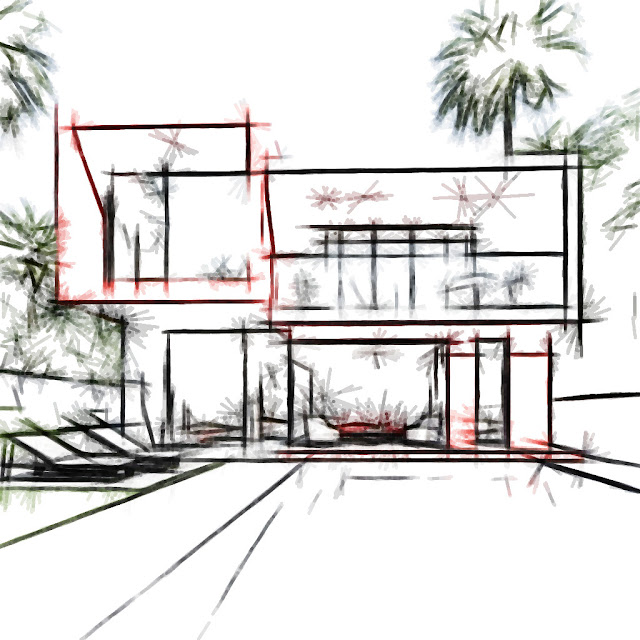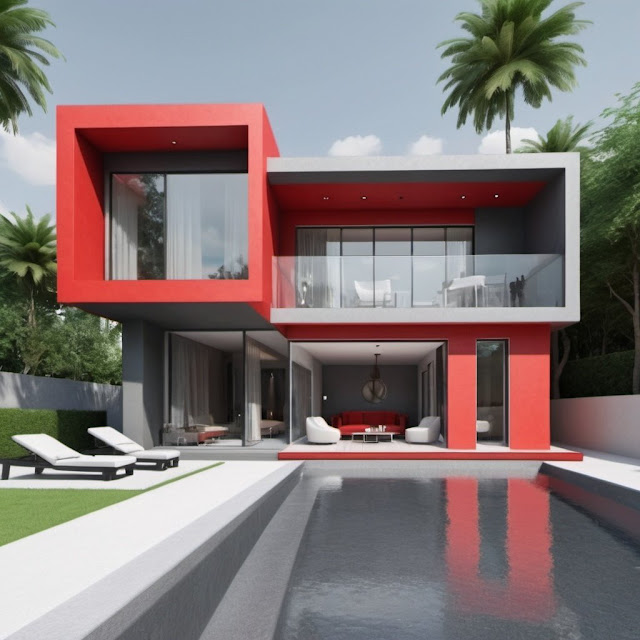Introduction
Warehouses are integral components of the logistics and supply chain infrastructure, serving as storage facilities for goods and materials. In architectural design, warehouses present unique challenges and opportunities, requiring careful consideration of spatial organization, functionality, accessibility, and operational efficiency. This article explores the principles of designing warehouses in architecture, encompassing aspects of layout optimization, structural integrity, material handling systems, and sustainability.
1. Spatial Organization and Layout Optimization
Efficient spatial organization is fundamental to the design of warehouses, maximizing storage capacity, minimizing travel distances, and facilitating seamless material flow. Key considerations include:
• Clear Span Structures: Utilizing clear span structural systems eliminates the need for interior columns, providing uninterrupted floor space for storage racks, equipment, and material handling operations.
• Zoning and Segmentation: Warehouse layouts are segmented into distinct zones based on storage requirements, material handling processes, and operational workflows. Zoning facilitates efficient organization, inventory management, and movement of goods within the facility.
• Aisle Width and Configuration: Aisle width and configuration are tailored to accommodate different types of material handling equipment, such as forklifts and pallet jacks, while optimizing space utilization and accessibility.
2. Structural Integrity and Load-Bearing Capacity
Structural integrity is paramount in warehouse design, ensuring the stability and safety of the facility under varying loads and environmental conditions. Design principles include:
• High-Capacity Roof Structures: Roof structures are engineered to support heavy loads, including snow, wind, and equipment loads, while maximizing vertical clearance for storage racks and material handling systems.
• Reinforced Flooring: Warehouse floors are reinforced to withstand the weight of heavy equipment, storage racks, and palletized loads, with considerations for durability, flatness, and load-bearing capacity.
• Seismic Resilience: Warehouses located in seismic zones incorporate seismic-resistant design features, such as moment-resisting frames and base isolators, to mitigate the effects of earthquakes and ensure structural stability.
3. Material Handling Systems and Equipment Integration
Efficient material handling systems are essential for optimizing warehouse operations and maximizing productivity. Design considerations include:
• Racking Systems: Selecting appropriate racking systems based on storage requirements, load capacities, and material handling equipment compatibility, such as selective racks, drive-in racks, and pallet flow racks.
• Conveyor Systems: Integrating conveyor systems for automated material transport, sorting, and distribution, enhancing efficiency, and reducing manual handling and labor costs.
• Docking Facilities: Designing loading docks with sufficient space for truck maneuverability, dock levelers, and overhead doors to facilitate efficient loading and unloading of goods.
4. Sustainability and Environmental Considerations
Incorporating sustainable design principles into warehouse architecture promotes energy efficiency, resource conservation, and environmental responsibility. Design strategies include:
• Daylighting and Natural Ventilation: Maximizing natural light penetration and ventilation through skylights, clerestory windows, and operable louvers to reduce energy consumption and enhance indoor environmental quality.
• Energy-Efficient Lighting: Utilizing energy-efficient lighting fixtures, such as LED technology, motion sensors, and daylight harvesting controls, to minimize electricity usage and operating costs.
• Solar Power and Renewable Energy: Installing rooftop solar panels and integrating renewable energy systems to offset energy consumption and reduce greenhouse gas emissions.
5. Future Flexibility and Adaptability
Designing warehouses with future flexibility and adaptability in mind allows for scalability, expansion, and reconfiguration to accommodate evolving storage needs and operational requirements. Design principles include:
• Modular Construction: Utilizing modular construction techniques and demountable partitions to facilitate future expansion or reconfiguration of interior spaces.
• Flex Space Allocation: Designating flexible spaces within the warehouse layout to accommodate changing storage demands, seasonal inventory fluctuations, and emerging logistics trends.
• Technology Integration: Incorporating advanced technologies, such as robotics, automation, and data analytics, that enhance operational efficiency and adaptability to future technological advancements.
Conclusion
Designing warehouses in architecture requires a holistic approach that balances spatial organization, structural integrity, material handling systems, sustainability, and future adaptability. By adhering to these principles, architects and designers can create efficient, safe, and sustainable warehouse facilities that support the seamless flow of goods and materials within the logistics and supply chain infrastructure. As the demands of the logistics industry continue to evolve, the principles of warehouse design will play a crucial role in shaping the future of storage and distribution facilities.





















































